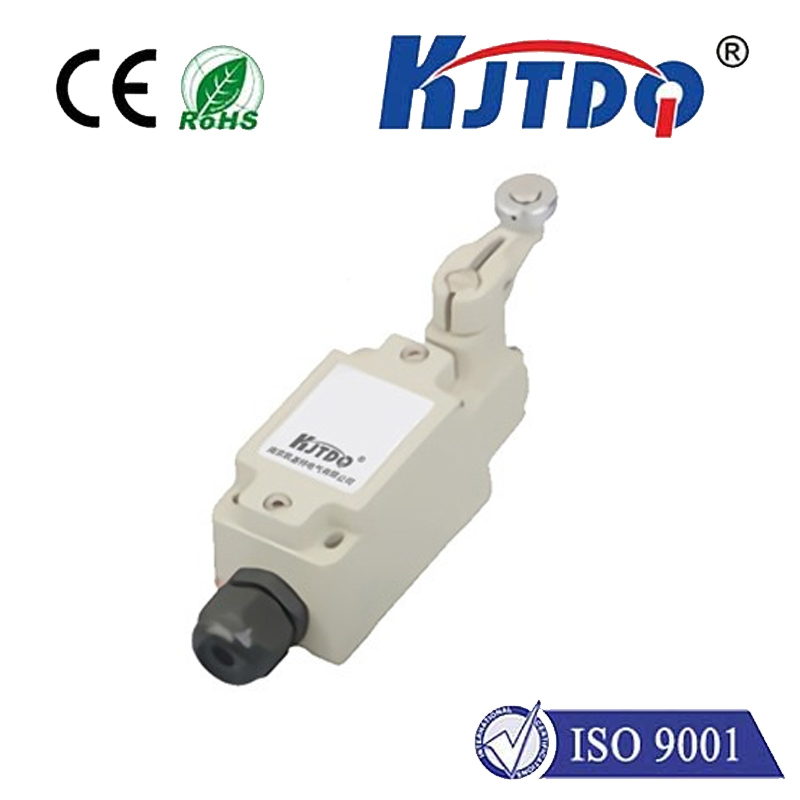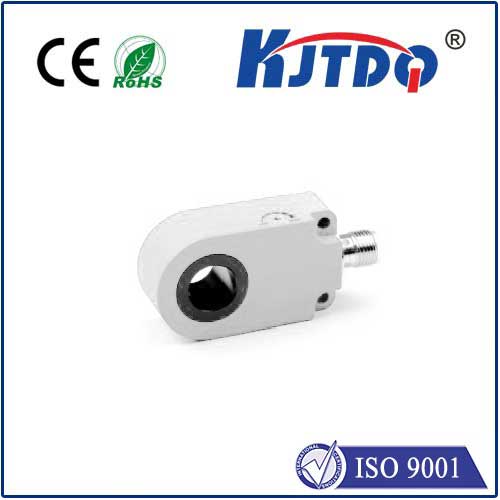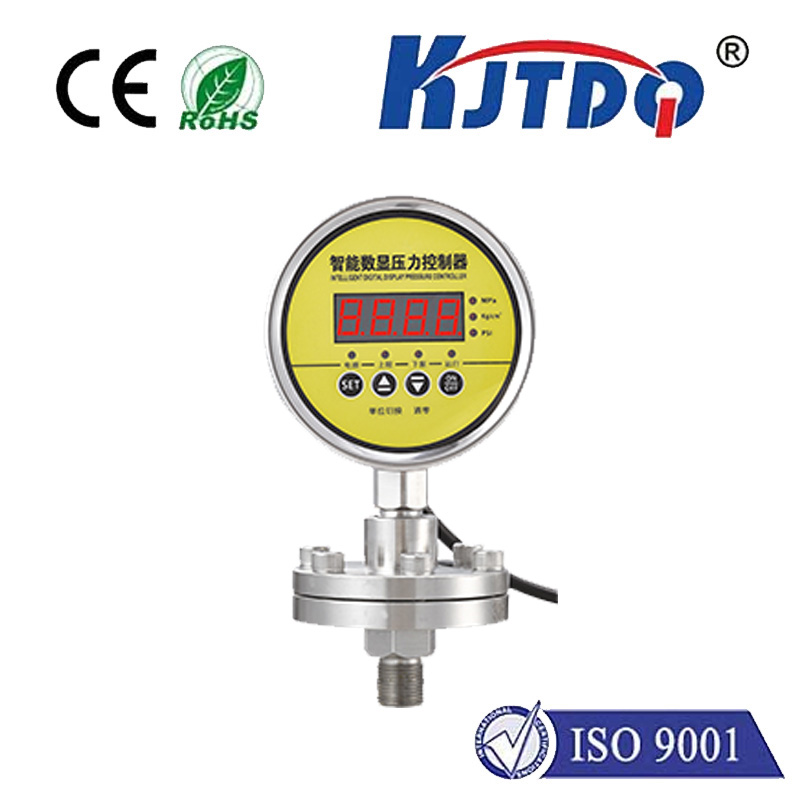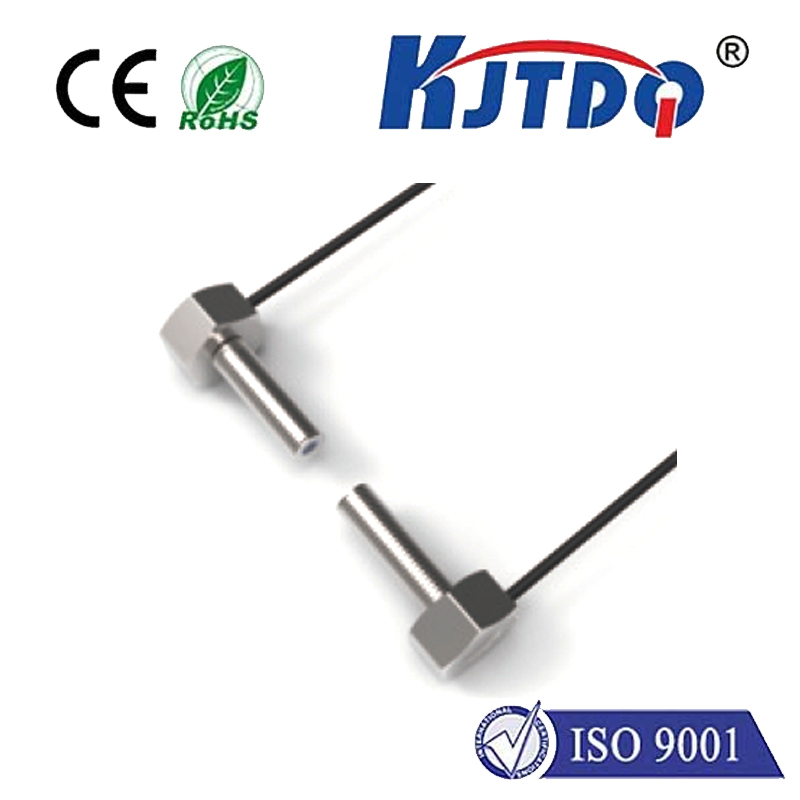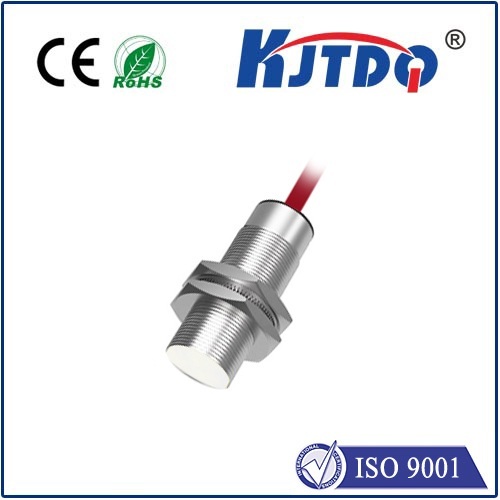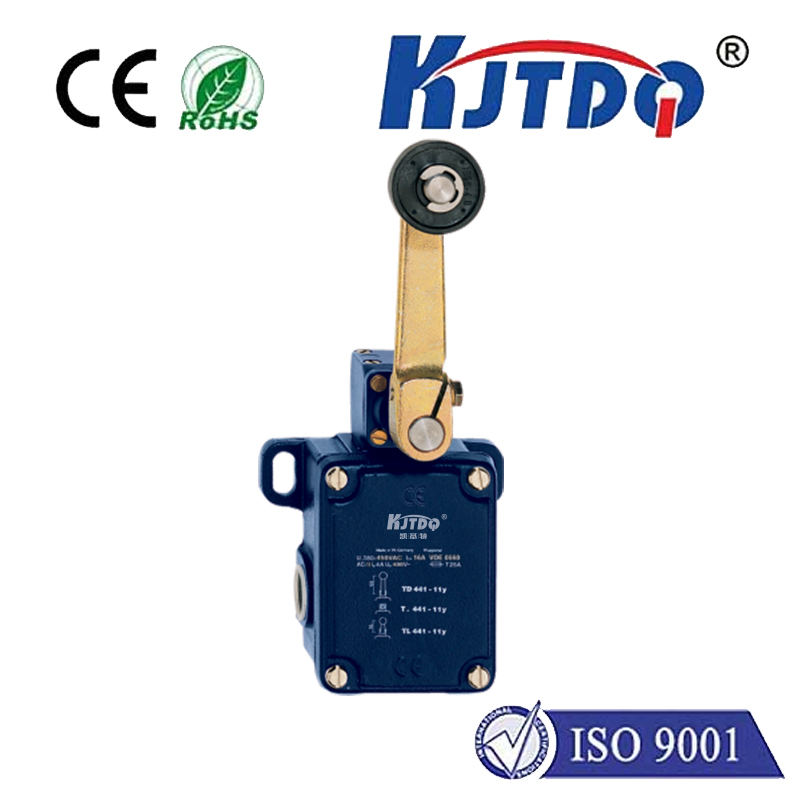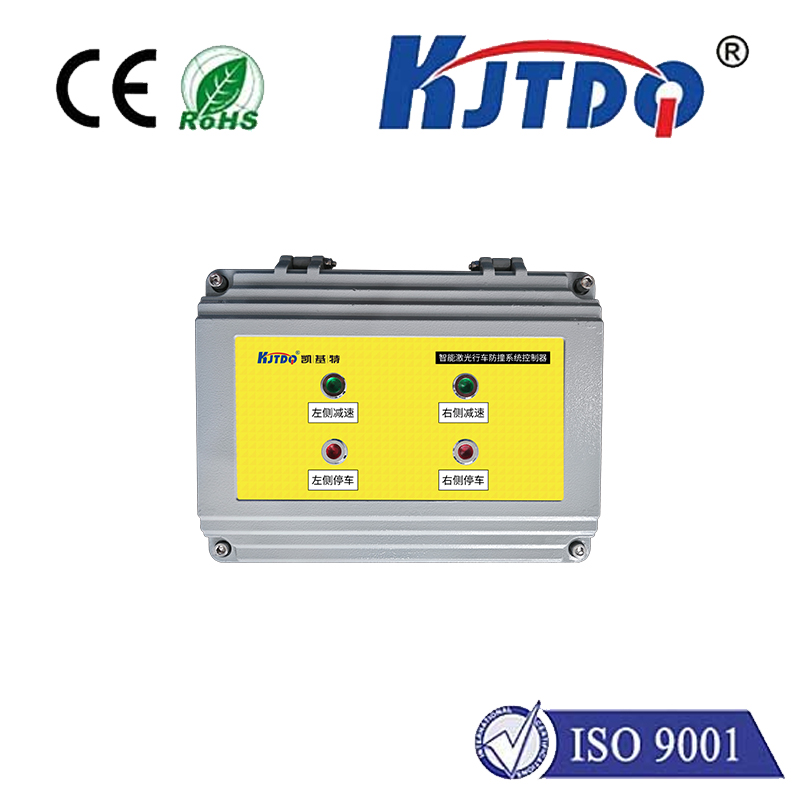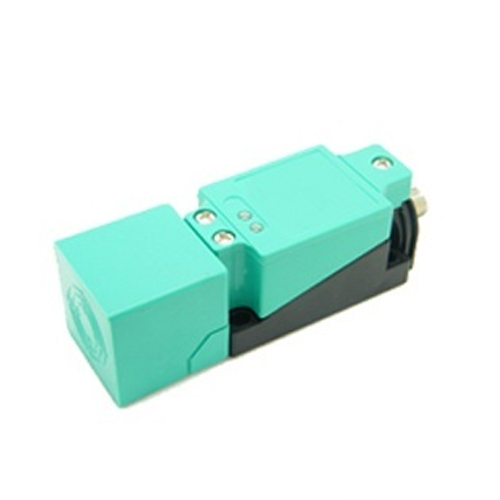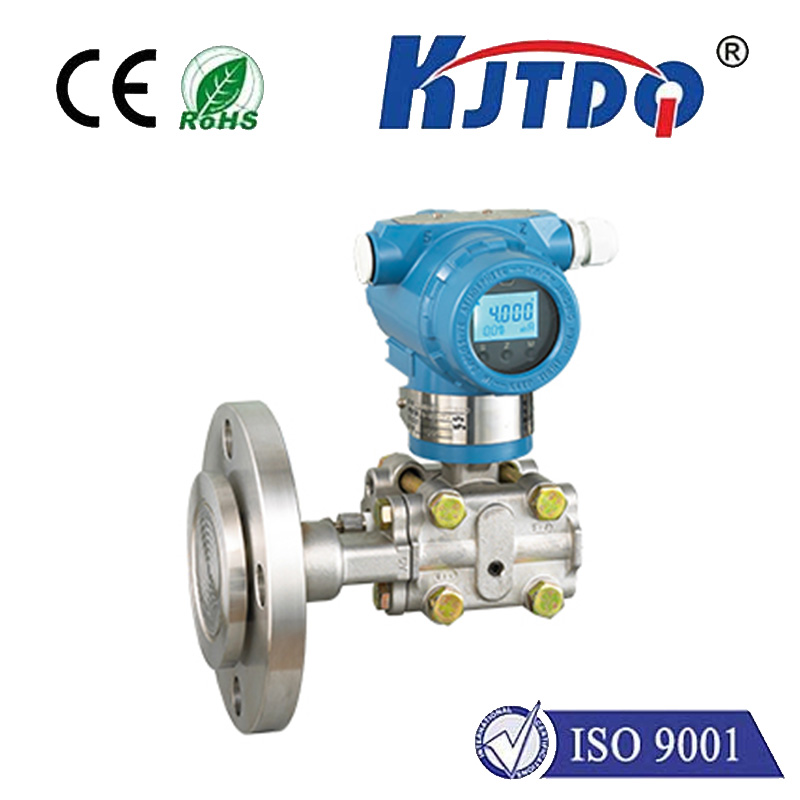

check

check

check

check

check

check

check

check

check

check
Title: Understanding Photoelectric Sensor Emitters and Receivers
In the realm of technology, sensors play a crucial role in gathering vital information from our environment and converting it into data that can be processed by various systems. One type of sensor that has found widespread use in industries ranging from manufacturing to consumer electronics is the photoelectric sensor. This article aims to provide a clear understanding of what photoelectric sensor emitters and receivers are, how they work, and their significance.
A photoelectric sensor operates on the principle of light transmission and reception. It consists of two main components: the emitter and the receiver. The emitter generates a beam of light, usually infrared or visible light, which is directed towards the receiver. When this light beam is interrupted, the receiver detects this change and triggers an output signal.

The emitter, often referred to as the transmitter, is responsible for producing the light beam. It typically contains a light-emitting diode (LED) or a laser diode as the source of light. The choice between LED or laser depends on the application requirements such as distance, precision, and the environment in which the sensor will operate.
On the other end of the spectrum is the receiver. This component houses a photodiode or a phototransistor, which is sensitive to light. Its job is to detect the presence or absence of the light beam sent by the emitter. Once the received light hits the photodiode, it generates an electrical current that can be translated into a signal indicating whether the beam has been broken or not.
Photoelectric sensors rely on the principle of optical interruption. In simple terms, if the path between the emitter and receiver is unobstructed, the receiver continues to receive the light signal. However, when an object passes through the light beam, disrupting its path, the receiver no longer receives the signal and thus activates an output that can be read by a control system.
These sensors come with different configurations, including through-beam, retro-reflective, and diffuse configurations. Through-beam sensors have separate emitters and receivers, while retro-reflective types have the emitter and receiver housed together with a reflector at the opposite end to bounce the light back. Diffuse sensors only require the emitter, as they sense the amount of light reflected off the target object rather than a beam interruption.
The applications of photoelectric sensors are vast. They are employed in automation for high-speed counting, positioning, and sorting applications. In the safety industry, they act as safeguards to detect potential danger zone infractions. Retailers use them for inventory management by detecting product movements. Even in the household sector, they are used in devices like vending machines and automatic doors.
Photoelectric sensors offer advantages such as high accuracy, long operating distances, and robustness against environmental factors like dust and smoke. However, they also have limitations such as being affected by direct sunlight in certain configurations and requiring precise alignment for optimal performance.
In conclusion, photoelectric sensor emitters and receivers are essential components in modern sensor technology. Their ability to detect the presence or absence of an object based on light interruption has made them indispensable in a variety of industries. With continued innovation and improvements, these sensors will undoubtedly continue to play a significant role in shaping the future of automated systems and technological advancements.
